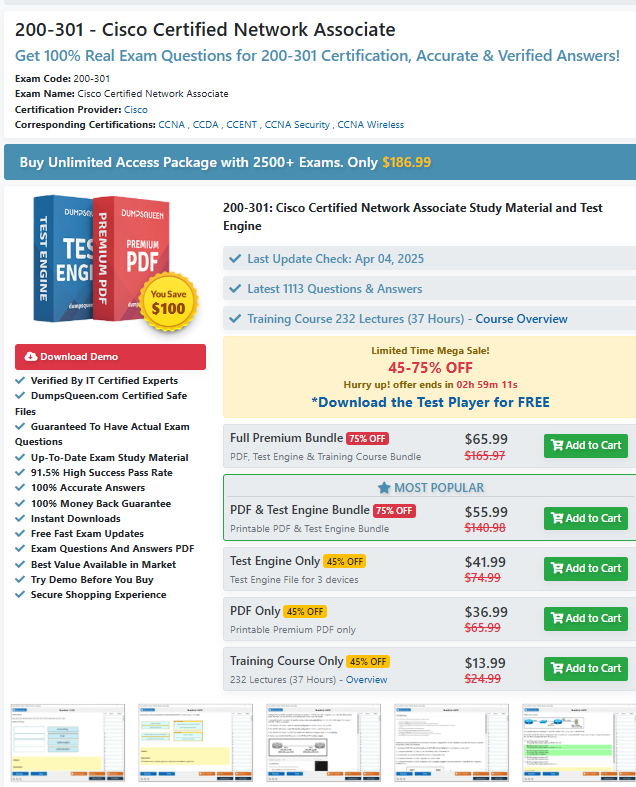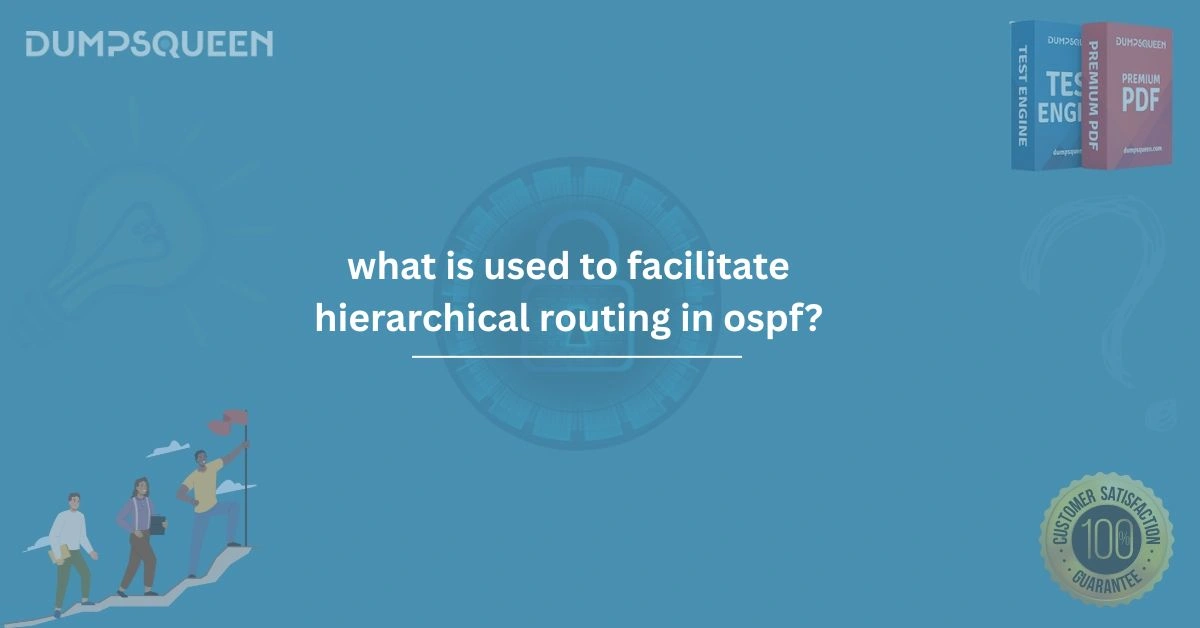Introduction
Open Shortest Path First (OSPF) is one of the most widely used routing protocols in large-scale IP networks. It is designed to efficiently distribute routing information across networks while maintaining a scalable and flexible architecture. One of the key features that make OSPF highly efficient in large networks is its ability to facilitate hierarchical routing. This hierarchical approach significantly reduces the size of routing tables, enhances routing performance, and speeds up convergence times.At the heart of OSPF's hierarchical routing mechanism are areas. These areas allow the OSPF network to be broken down into smaller, more manageable segments, or "areas," which can help simplify the network design. In this blog, we will explore what is used to facilitate hierarchical routing in OSPF, how areas are utilized, and how OSPF leverages hierarchical routing to improve network efficiency. As we explore these concepts, we will also look at the benefits and implementation strategies for hierarchical routing in OSPF.
Understanding OSPF Hierarchical Routing
OSPF operates within a hierarchical model using areas to manage routing information. Hierarchical routing in OSPF helps to scale the network, reduce routing overhead, and optimize performance. Hierarchical routing is particularly useful in large enterprise networks and service provider environments where the number of routers and routes can be enormous. OSPF divides the network into different areas, with one area being the backbone, referred to as Area 0. All other areas in the network must connect to Area 0, which acts as the central hub of the OSPF domain. This division helps OSPF manage network traffic and prevent unnecessary routing updates from propagating across the entire network.
What is an OSPF Area?
An OSPF area is a logical grouping of routers and networks within an autonomous system. Each area has its own routing table, which allows routers to exchange routing information within the same area. The introduction of areas in OSPF allows the network to scale more efficiently by limiting the scope of routing updates and reducing the size of the routing table. There are several types of areas in OSPF, each serving a specific role in the network. The primary types of areas include:
-
Area 0 (Backbone Area): This is the central area that connects all other areas within the OSPF domain. Every non-backbone area must be connected to Area 0, either directly or indirectly.
-
Regular Areas: These are areas that contain routers and networks that are part of the OSPF domain but are not the backbone.
-
Stub Areas: A stub area is an area that does not allow external routes to enter it. Stub areas help reduce the size of the routing table by preventing external routing information from being flooded into the area.
-
Totally Stubby Areas: These areas are even more restricted than stub areas and do not allow any external or inter-area routes.
-
Not-So-Stubby Areas (NSSA): These are areas that allow external routes to enter, but only through a special mechanism. NSSAs can be used in scenarios where you need to import external routes but still want to limit the propagation of routing information.

The Role of Area Border Routers (ABRs)
One of the key components in OSPF hierarchical routing is the Area Border Router (ABR). An ABR is a router that connects multiple OSPF areas together. ABRs perform the critical function of summarizing and redistributing routing information between areas, ensuring that routing updates do not flood the entire network. ABRs are responsible for reducing the size of the routing table by summarizing routing information before advertising it to other areas. For instance, if an ABR receives a routing update from one area, it will summarize that information and send it to other areas, reducing the number of routing entries. This helps ensure that OSPF can efficiently scale to large networks.
The Role of Autonomous System Boundary Routers (ASBRs)
Another critical component of hierarchical routing in OSPF is the Autonomous System Boundary Router (ASBR). ASBRs are used to connect OSPF to external networks or other autonomous systems. An ASBR imports routing information from outside the OSPF domain, such as from another routing protocol or from the internet. This information is then advertised into OSPF using external link-state advertisements (LSAs). An ASBR plays a crucial role in ensuring that external routing information can be included in the OSPF routing table. However, it is important to note that ASBRs are typically found at the edges of the network, where they connect to other networks or external resources.
Benefits of Hierarchical Routing in OSPF
The hierarchical routing model used in OSPF offers several benefits that make it suitable for large-scale networks:
-
Scalability: By dividing the network into smaller areas, OSPF can scale to support large numbers of routers without overwhelming the routing tables. Each area has its own routing table, which reduces the size of the routing updates and makes the network easier to manage.
-
Reduced Routing Table Size: By using ABRs to summarize routing information between areas, OSPF minimizes the size of the routing table on each router. This helps to conserve router resources and reduces the time required for route lookup.
-
Faster Convergence: Hierarchical routing enables OSPF to converge more quickly when there are changes in the network. The use of ABRs and the division of the network into smaller areas helps contain the effects of network topology changes and reduces the time it takes for all routers to learn about those changes.
-
Improved Network Stability: OSPF’s hierarchical model allows for more granular control over routing updates. This reduces the impact of routing changes in one area on other areas and helps prevent network instability.
-
Efficient Routing: The use of stub areas, totally stubby areas, and NSSAs in OSPF helps minimize the number of external routes that need to be propagated, which further optimizes network performance and reduces overhead.
How to Implement Hierarchical Routing in OSPF
When designing a network using OSPF with hierarchical routing, it is essential to consider the following factors:
-
Area Design: Proper planning of the areas is critical to ensure optimal network performance. This involves determining the number of areas and how they will be connected to the backbone.
-
Area Border Routers (ABRs): The role of ABRs must be clearly defined in the design. ABRs must be placed strategically to connect multiple areas and provide route summarization.
-
Stub Areas and NSSAs: Deciding which areas should be designated as stub or totally stubby can help reduce routing overhead. Stub areas are particularly useful in smaller parts of the network where external routes are not needed.
-
Router Placement: The placement of routers, including ABRs and ASBRs, should be done in a way that optimizes routing efficiency. ABRs should be placed between areas to summarize routing information, while ASBRs should be placed at the network boundary.
Free Sample Question
Q1: What is the main role of an Area Border Router (ABR) in OSPF?
A) To connect OSPF routers to external networks
B) To summarize routing information between areas
C) To manage OSPF neighbor relationships
D) To implement the OSPF election process
Answer: B) To summarize routing information between areas
Q2: Which type of OSPF area does not allow external routing information?
A) Totally Stubby Area
B) Regular Area
C) Backbone Area
D) Not-So-Stubby Area (NSSA)
Answer: A) Totally Stubby Area
Q3: What is the function of an Autonomous System Boundary Router (ASBR) in OSPF?
A) To connect multiple OSPF areas
B) To summarize OSPF routing information
C) To import and export external routing information
D) To connect OSPF to non-OSPF networks
Answer: C) To import and export external routing information
Conclusion
OSPF's hierarchical routing approach is one of its key features that make it ideal for large-scale, dynamic networks. By dividing the network into areas and using Area Border Routers (ABRs) to summarize and distribute routing information, OSPF can scale efficiently, maintain fast convergence, and optimize performance. The ability to implement stub areas and NSSAs further enhances its flexibility and scalability. Understanding the role of areas, ABRs, and ASBRs in hierarchical routing is crucial for network engineers designing OSPF networks. For those preparing for networking exams, such as the CCNA, mastering OSPF and its hierarchical routing concepts is essential for certification success. DumpsQueen offers comprehensive study materials and practice exams to help you prepare for these certifications and improve your understanding of OSPF and other network protocols.



